After my tasty wine “visit” to Sicily (read about it here), my glass is still full of Italian Wine. But now, I’m “visiting” Emilia-Romagna and tasting oft reviled, yet misunderstood Lambrusco. If you haven’t had any lately because you remember the sweet swill of long ago, I urge you to give it another try. I mean hey, if Emilia-Romagna can give us such tasty treats as Parmigiano-Reggiano cheese, prosciutto di Parma, and Modena balsamic vinegar, surely we can give one of its best known wines another whirl.
Lambrusco is both the name of the grape (actually a family of grapes) and wine from Emilia-Romagna and is generally made into a slightly sparkling, ‘frizzante’style. The best versions today are gloriously dry or off-dry and far removed from the sweet juice for which the wine became known in the 1970s. But don’t go expecting big, bold, and complex when you drink Lambrusco. This is simple, fun wine that doesn’t need to be studied and dissected to be enjoyed. It’s just fruity deliciousness that offers up fresh, crisp acidity that is heaven with charcuterie and cheese. It’s also heaven with a pool, beach, lake, you get the point. Just be sure you’re drinking the freshest version possible as these wines are meant to be consumed young.
I recently attended a Lambrusco tasting with Dr. Jeremy Parzen of Do Bianchi, who is all about Italian wine and can pretty much tell you anything you want to know about Italy and its wines. While there are several different Lambrusco grapes used in the wines, we’ll explore a couple of the more well-known and better quality ones.
The Lambrusco di Sorbara is grown in sandy soils which are great for lighter styles of Lambrusco. In fact, this is the lightest and most floral of the Lambrusco grapes. It almost had the appearance of a dark Rosé. It was quite refreshing with just a hint of sweetness. I absolutely loved to fruity cherry nose on this one. And though I had mine with various Italian goodies, it one would also be nice with some spicy Cajun or Asian food.
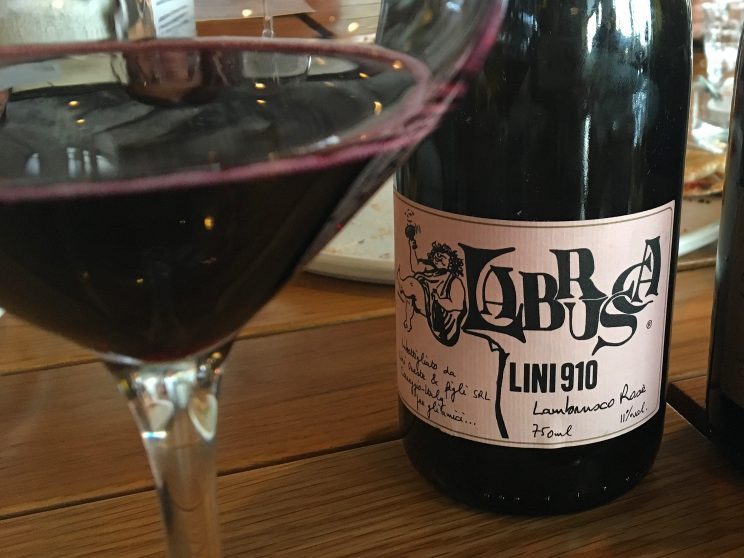 Another type of Lambrusco to try is the Lambrusco Salamino, so named because of the shape of the grape cluster which resembles the shape of salami. This clone of Lambrusco has thicker skin which results in a darker colored wine that’s a little bolder (if such a thing exists in Lambrusco). While a bit more full-bodied with a tinge more tannin, as well as a deep purple color in the glass, it’s still an easy drinker with the same vibrant fruit of the Sorbara.
Another type of Lambrusco to try is the Lambrusco Salamino, so named because of the shape of the grape cluster which resembles the shape of salami. This clone of Lambrusco has thicker skin which results in a darker colored wine that’s a little bolder (if such a thing exists in Lambrusco). While a bit more full-bodied with a tinge more tannin, as well as a deep purple color in the glass, it’s still an easy drinker with the same vibrant fruit of the Sorbara.
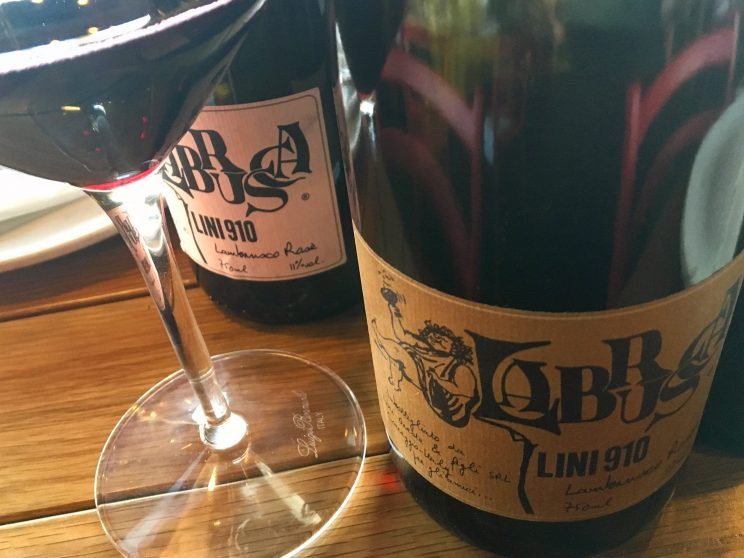 Both wines had fairly high acidity which is needed to cut through the fatty pork (prosciutto anyone) and rich parmesan for which the Emilia-Romagna region is known. That acidity makes Lambrusco a wonderful food wine. The wines are also lower alcohol which also contributes to their food friendliness. And better yet, the wines typically come at quite a bargain. Now get thee some prosciutto and Parmigiano-Reggiano and a bottle of Lambrusco. You’re welcome!
Both wines had fairly high acidity which is needed to cut through the fatty pork (prosciutto anyone) and rich parmesan for which the Emilia-Romagna region is known. That acidity makes Lambrusco a wonderful food wine. The wines are also lower alcohol which also contributes to their food friendliness. And better yet, the wines typically come at quite a bargain. Now get thee some prosciutto and Parmigiano-Reggiano and a bottle of Lambrusco. You’re welcome!
For one of my favorite Lambrusco pairings, click here. You’re welcome again!

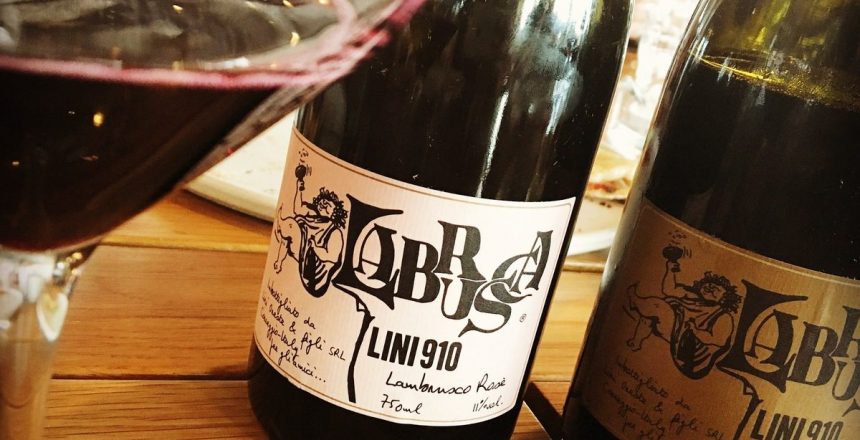

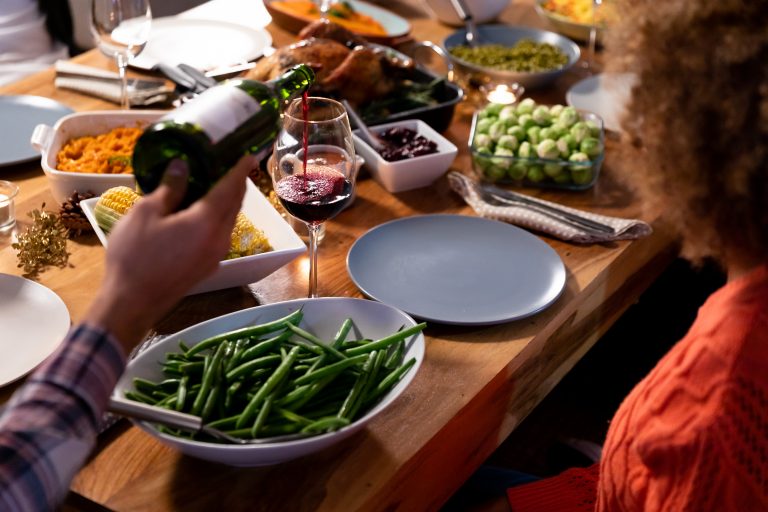
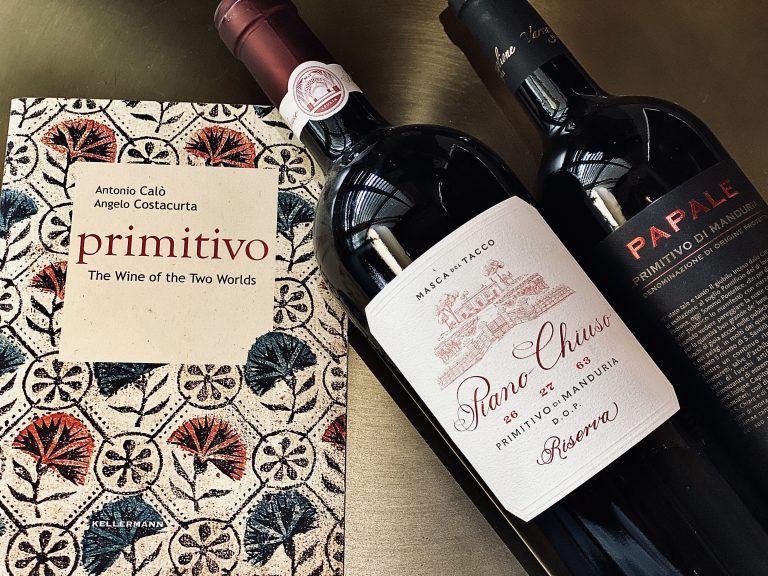

2 Comments
Jeremy Parzen
•7 years ago
Katrina, thanks so much for joining us. I’m so glad that we finally had a chance to sit down and taste together. I’ll look forward to the next time… thanks again… see you soon, Jeremy
Kat
•7 years ago
Thanks for the invite. Can’t wait to do it again.